Tsuta Japanese Soba Noodles 蔦 Singapore: World’s First Michelin-Starred Ramen Joint
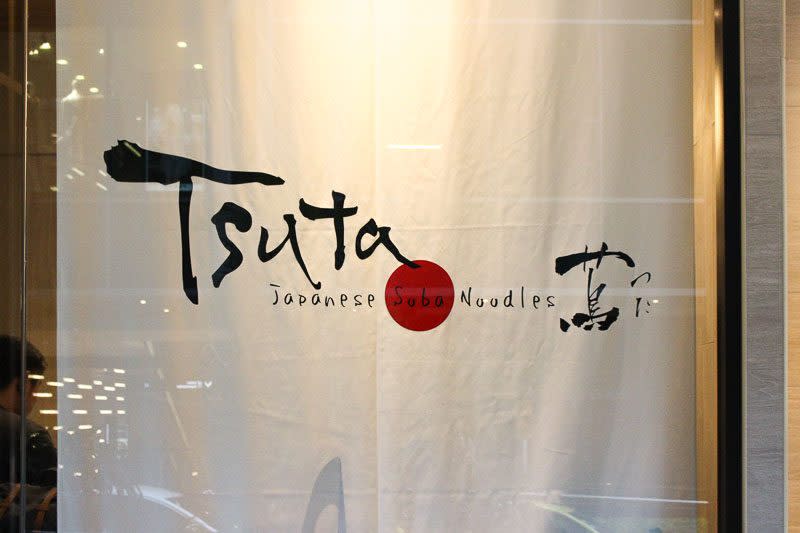
Hailing from Tokyo’s Sugamo, Tsuta 蔦 was recently awarded the prestigious Michelin star, earning it the title of the world’s first and only Michelin-starred ramen joint.
Located at Pacific Plaza in the Orchard Road area, Singapore now houses the second Tsuta branch which came to be through a partnership between Hersing Corporation and Chef Yuki Onishi, the founder and chef of Tsuta.
Unlike most ramen shops, Tsuta is unique for experimenting with Western flavours, adding an interesting twist to their menu with condiments like truffle puree and olive oil. Set against a solid dashi stock, Tsuta lets the flavours of these natural ingredients speak for themselves instead of relying on sauces that usually make up the bulk of a ramen bowl.
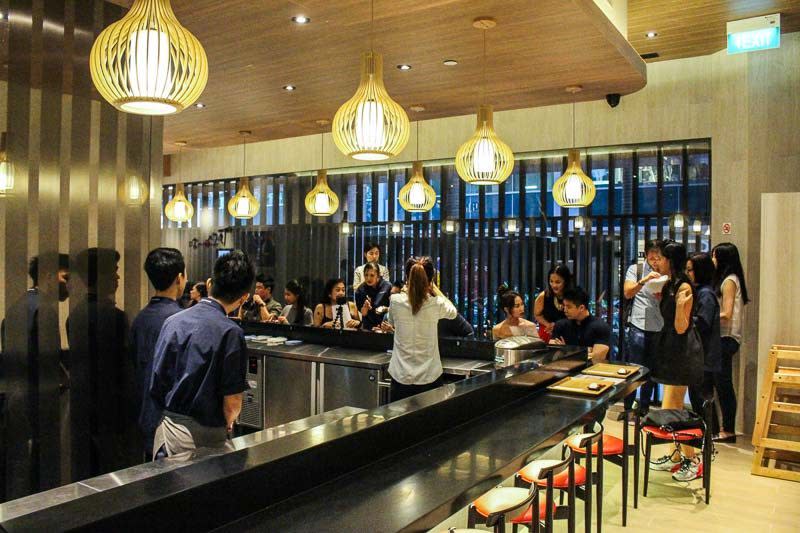
Featuring 18 counter seats, they have a brightly lit interior that is tastefully furnished and decorated, allowing patrons to enjoy their piping hot bowls of ramen while watching the chefs at work. I’m sure nothing is better than having authentic Japanese ramen in a relaxing setting.
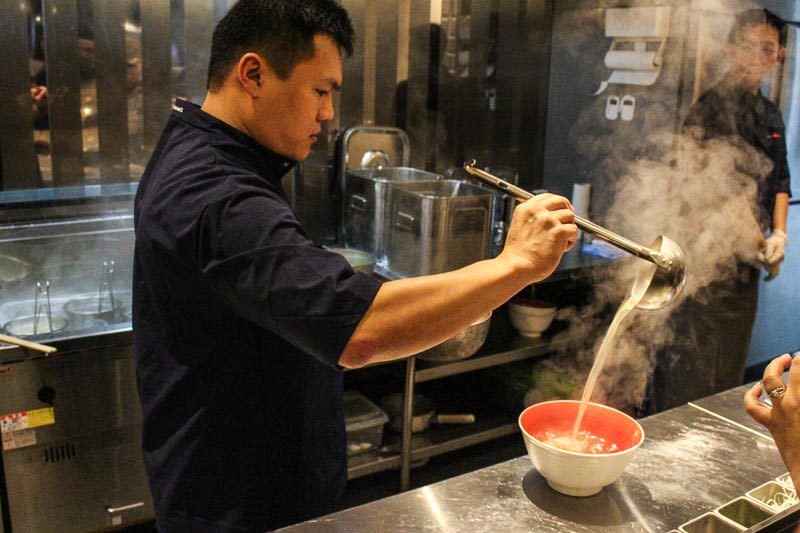
With two types of soya sauces blended in with the dashi stock concocted from chicken, vegetables, clam and other seafood, the soup at Tsuta is cooked just below boiling point to ensure that the umami flavours don’t get lost in the process. In addition, their ramen bowls are pre-heated to help retain the heat from the broth.

Tender and seasoned to perfection, their pork slices are not overly marinated but just enough to bring out a well-balanced flavour.

Air-flown weekly from Canada, Chef Onishi prefers to utilise the pork collar instead of the typical pork belly as he finds that the meat is more tender, has great texture and most importantly yields a lower fat content. Bear in the mind that their meat is also chilled and not frozen so it is of great quality.

Topped with a truffle puree, other ingredients present in the ramen bowl are bamboo shoots and ajitama, which is a flavoured egg. All of which are executed rather well, if I do say so myself.

With two options available at the moment, diners can either opt for Tsuta’s signature Shoyu ramen or Shio ramen at $15 each. Should you want additional ingredients such as meat or eggs, prices can go up to $22.80.
Unlike the usual Tonkotsu soup base that most ramen stalls serve, Tsuta takes on a different approach with a seemingly lighter and less spicy broth.
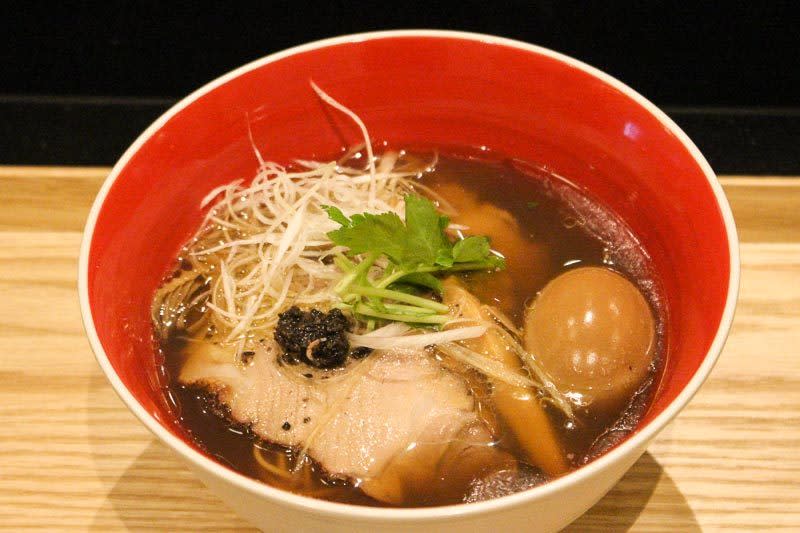
Shoyu Soba ($15)
Custom brewed from soy beans in the Wakayama prefecture, its shoyu sauce is tailor-made to Chef Onishi’s specifications before being mixed in with another sauce that he formulated himself. This mixture is then blended with their broth which consists of dashi stock with vegetables, clam and other seafood, giving it a flavourful complexity.
All this is enhanced by a dollop of black truffle purée on top that perfumes the ramen nicely without taking away the tastes of the other ingredients.
While most locals might not be able to appreciate the light broth, I was pleasantly surprised by how flavourful it was. Their earthy Shoyu soup base topped with the distinctive taste of truffle was really what won me over.
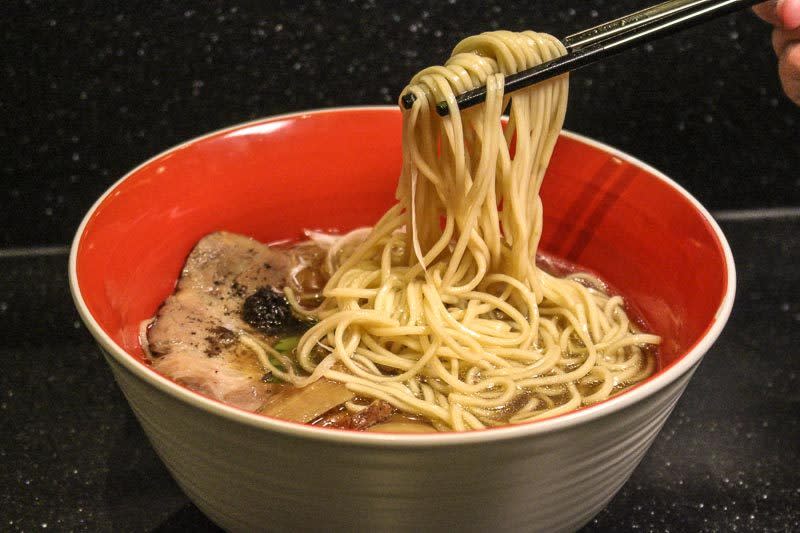
Tsuta’s noodles are on a whole other level altogether. Handmade on the spot using the combination of four specially curated whole wheat and whole grain flours, the noodles were cooked just right, coming out long and springy with a smooth texture akin to that of Soba. This is probably why Chef Onishi dubs his offerings as Soba instead of Ramen.
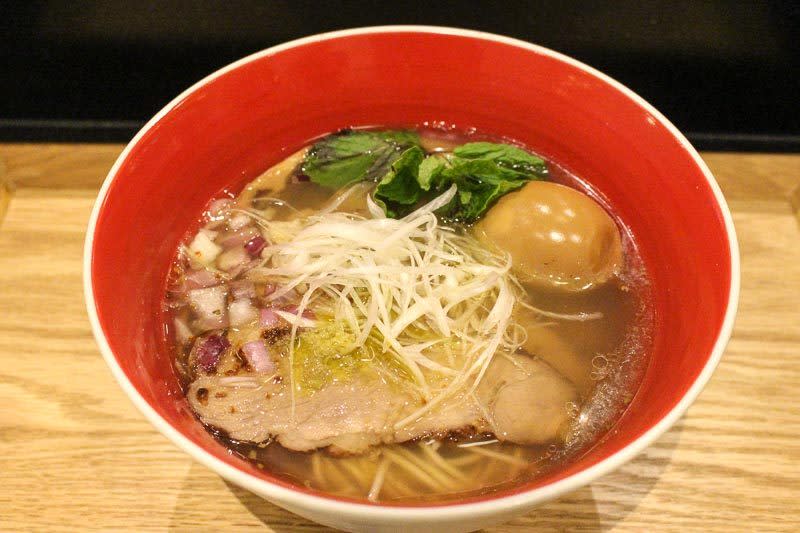
Shio Soba ($15)
Formulated with a proportionate balance of Okinawa sea salt and Mongolian rock salt, the Shio ramen is served in a rich chicken and seafood stock. The ingredients in this ramen bowl are almost identical to the Shoyu Soba except that it comes with green olives puréed in truffle oil.
Although it was a tad bit too salty for my liking, the broth was particularly light and savoury on the palate. I would attribute this to the infusion of red wine and rosemary.
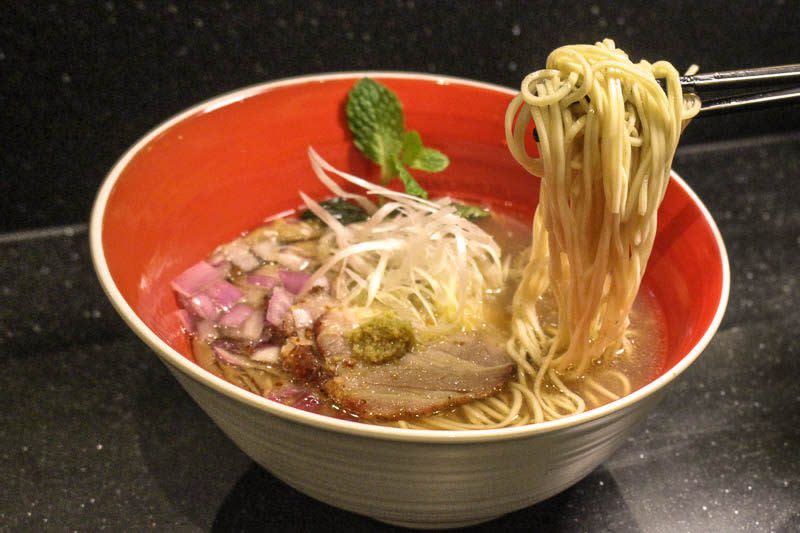
As with every good ramen restaurant, the toppings do not fall short. My favourites are the bamboo shoot which soaked up the broth and the ajitama (flavoured egg), which had a smooth exterior and a nice runny yolk inside.

To complement his ramen, Chef Onishi has hand-picked wheat tea that diners can either have hot or cold to cleanse their palates.
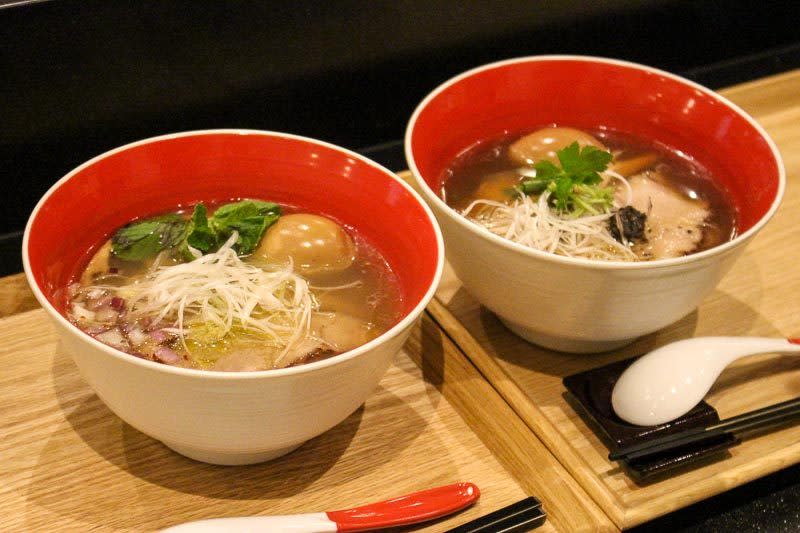
While there are only two choices to choose from on the menu currently, there might be even more ramen bowls added in the near future. I am hoping that they will incorporate more of Tsuta Japan’s menu items such as the Miso ramen and Tsukemen, which is ramen served with a dipping sauce.
For now, my verdict would be to go for their signature Shoyu ramen as it is definitely worth queuing up for, although the saltiness might need a bit of tweaking to Singaporeans’ taste. Unless of course, you can’t part with the heavier soup bases like tonkatsu broth that most locals are so used to having with their ramen.
Expected Damage: $15 – $22 per pax
Tsuta, Pacific Plaza #01-01, 9 Scotts Road Singapore | Opening hours: 11am – 6pm (until November 11), 11am – 10pm daily (from November 12) | Tel: 67344886 | Facebook
The post Tsuta Japanese Soba Noodles 蔦 Singapore: World’s First Michelin-Starred Ramen Joint appeared first on SETHLUI.com.



